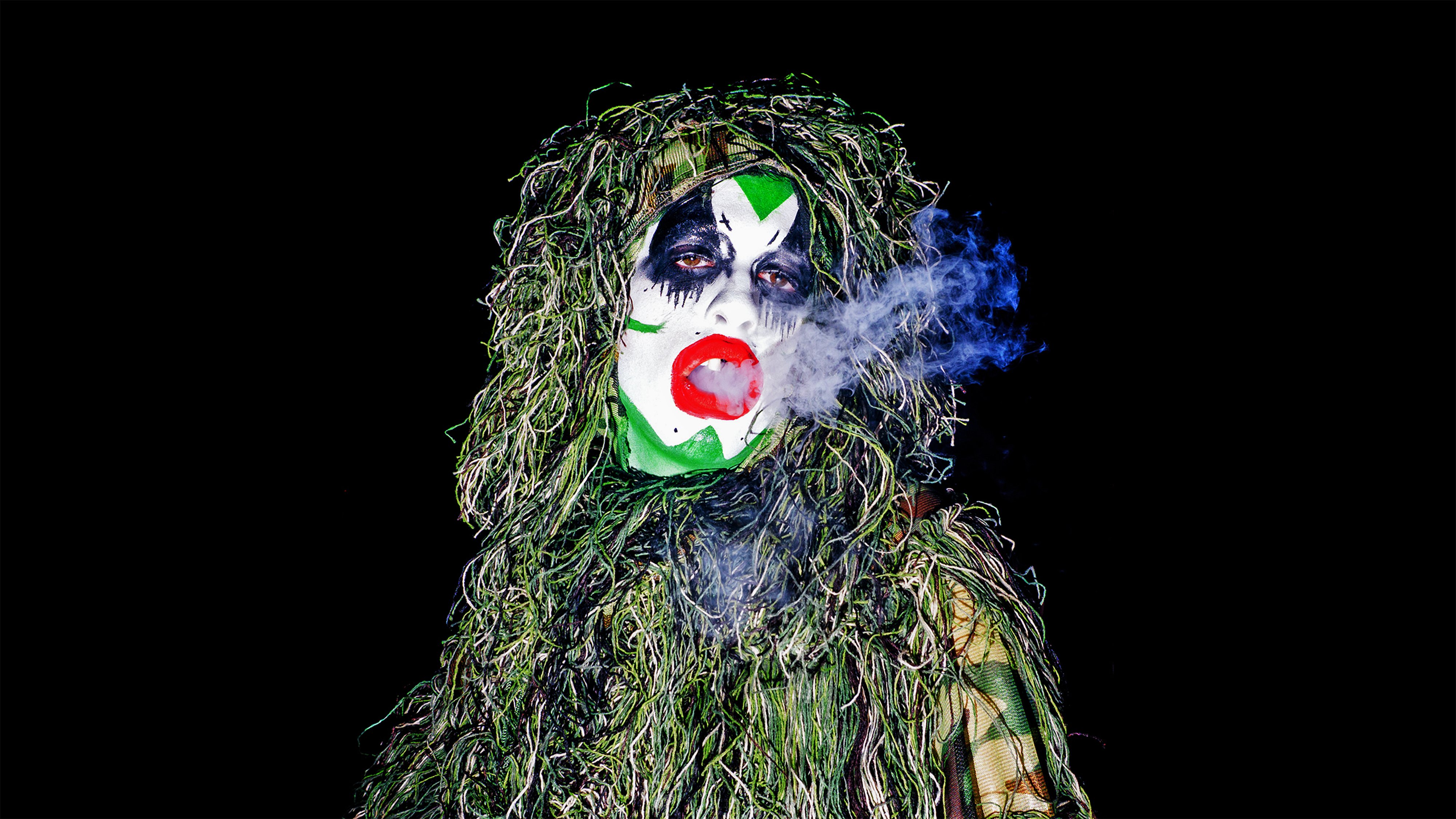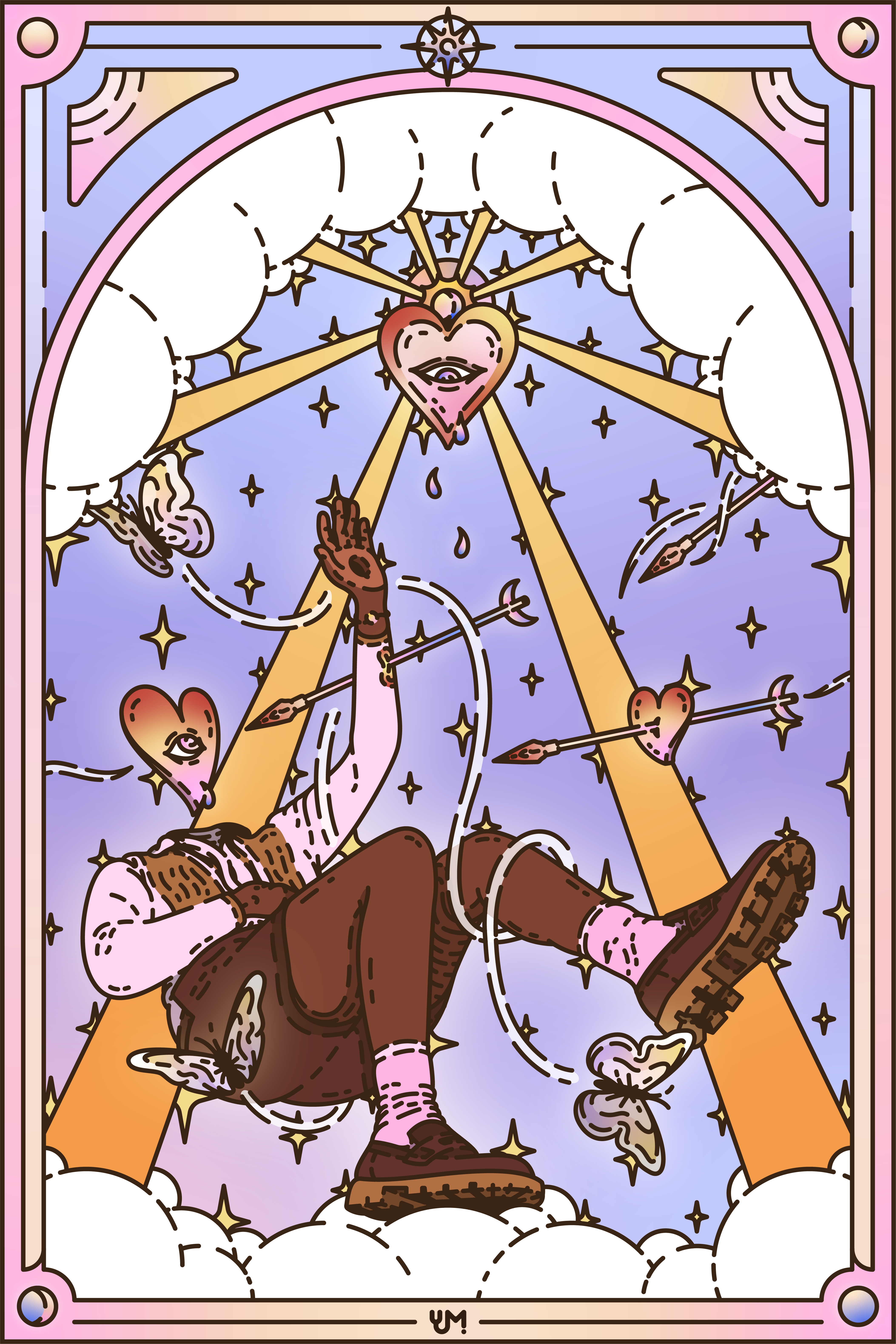
The chimera of crypto art: Queer artists explode onto the premier marketplace
The word “queer” can, itself, be a somewhat muddled term. Reclaimed by those whom it was initially meant to abuse, it describes not only a broader conceptualization of sexuality and gender identity, but also an ideological standpoint from which those who identify as such may maintain a perspective that is decidedly outside of a cisgender, heteronormative purview. Clinical psychologist and sex therapist, Chris Donaghue, described queer as being “about non-normativity, creativity, and diversity far beyond homonormative culture.” In this context, the word could be considered a concise rally point around which the LGBTQ+ community can unite. The term, which in today’s vernacular may seem a bit quotidian, is decidedly rooted in a history of mis- and underrepresentation, so as “SuperTrans” and “ICONS” come together during SuperRare’s SuperQueer programming initiative, the concept of community is very much at the heart of it, endeavoring to celebrate these creative voices and carve out, for them, genuine space in an otherwise un-queer sector.
Celestial Perception (Laurel Charleston, 2022)
— Sam Clover

Achievement Unlocked: Touch Grass (Nicole Ruggiero and Sam Clover, 2022)
This SuperQueer event is, in a lot of ways, a magnificent opportunity for all three, a reality that isn’t lost on them. Each expressed palpable enthusiasm about the exhibitions, noting that the most rewarding part was the chance to onboard so many new trans and queer artists to the SuperRare platform. “…I brought on [to ‘SuperTrans’] three of the only transgender artists I could find on SuperRare. Quite literally,” Charleston commented. “So with ‘SuperTrans’ we are literally tripling the amount of visible transgender people on this platform.” While this is no small feat for a single exhibition, when one considers the vast number of artists represented on the premier marketplace, it is clear that there is still a lot of work to do when it comes to equitable representation of trans, nonbinary, and gender nonconforming voices. Charleston expressed that the project was challenging largely because she was chiefly concerned with being sure that all of her artists were represented in a manner that they want and need to be, a right easily taken for granted but often denied of trans individuals. Of the three curators affiliated with these exhibitions, only Ruggiero has had prior experience in that realm, having curated previous shows for their own past project, Post Vision, in addition to one in affiliation with VICE Magazine. They cited, as part of their baseline curatorial philosophy, a desire to work with artists who are deeply invested in their techniques, having developed them to notable degrees.

With SuperTrans we are literally tripling the amount of visible transgender people on this platform.
— Laurel Charletson
When one takes a look at the artists who will be presented in this gallery event, the talent, creativity, and breath of mediums is nothing short of staggering. The three curators have done a remarkable job in selecting artists who represent the theme of their respective exhibitions while concurrently indicating various other cross-sections of artistic interest. In addition to her incredible work using her own body as a canvas for magnificent explorations of painterly prowess, Charleston has brought in artists like Cyshimi, whose work explores the breathtaking intersection of sculpture and nail art; Zak Krevitt, a photographer whose chaotic digital manipulations question the limitations of not just queerness, but humanity; and Yosnier, whose stylized illustrations at once gild an immense pain, while implying the type of obfuscated meaning often found in a deck of tarot cards. At the same time, “ICONS” offers a variety of impeccable video art and 3D-modeling: from the sexually-charged, gentle body horror of Cymoonv’s silicone-like scenes; to the lithe undulations of Tyler Givens’ heaven-fallen humanoids; to the captivating strength of Wu Woman’s martial art forms. Clover and Ruggiero have also included their own new piece, featuring a nonbinary character named “Fish,” battling their way through a New York City reimagined as a vibrantly colorful, platformer video game environment. When one takes a step back to consider all of these works as a collection, the scope of artistic perception is remarkable, clearly presenting a multifaceted conception of humanity, while simultaneously offering intriguing postulations on the nature of our future.
life happens in the interstitial space between us (Cymoonv, 2022)
Art

Curated Conversations: ALIENQUEEN
SuperRare Labs Senior Curator An interviews ALIENQUEEN about psychedelics, death, and her journey in the NFT space.
Tech


Out of the Vault and onto the Chain: the Evolving Nature of Provenance
SuperRare editor Oli Scialdone considers the social experience of provenance and its relationship with community in the Web3 space.
Curators' Choice



Curated Conversations: ALIENQUEEN
SuperRare Labs Senior Curator An interviews ALIENQUEEN about psychedelics, death, and her journey in the NFT space.





